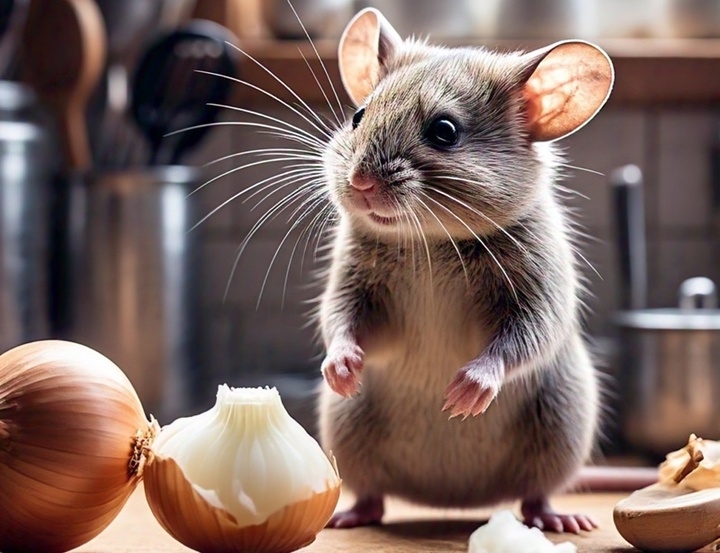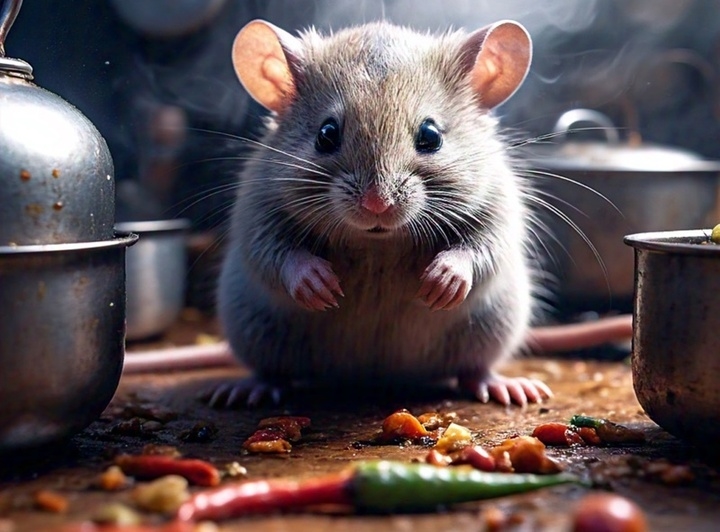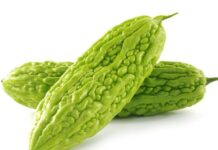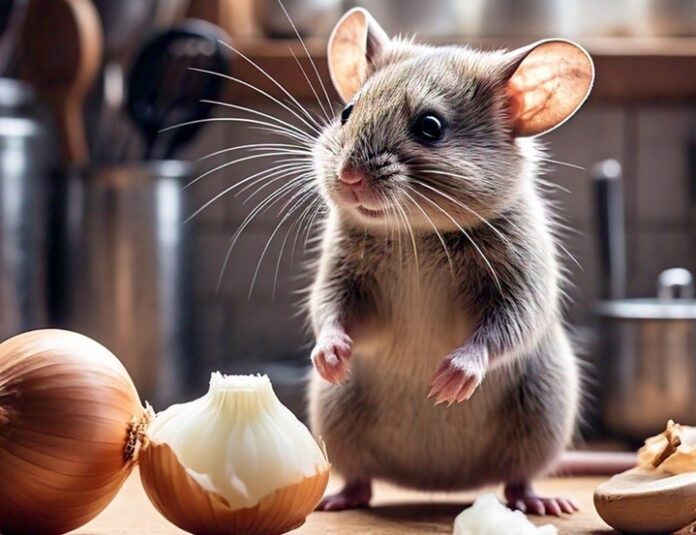Mice, though small, can cause a lot of trouble for households. They not only damage belongings and food but also carry dangerous diseases. To combat this, many people turn to chemical mouse poisons. However, not everyone favors this solution due to concerns about toxicity and environmental impact. Natural mouse repellent methods using only ingredients from your kitchen can be a safer and more effective alternative.
Natural Mouse Repellent Tips Using Kitchen Ingredients
Before delving into the details of mouse repellent methods, it’s important to understand the behavior of mice. Mice usually invade homes in search of food, warm shelter, and water. They have a very keen sense of smell and will avoid areas with unpleasant odors. This is the principle behind the natural mouse repellent methods suggested below.

Illustration. (AI)
Use Peppermint Essential Oil
Mice detest the strong smell of peppermint. Soak cotton balls in peppermint essential oil and place them in areas frequented by mice, such as corners, under cabinets, or along their paths. You can also mix a few drops of peppermint oil with water and spray it around the house. However, remember to replace the cotton balls or respray the solution regularly to maintain its effectiveness.
Onion and Garlic Mouse Repellent
Onions and garlic are known for their strong, pungent odors, which can effectively repel mice. Cut onions or garlic cloves into slices and place them in areas where mice are often seen. The sharp smell will irritate the mice and drive them away. However, as onions and garlic can dry out quickly, you’ll need to replace them frequently to maintain their potency.
Using Chili Powder to Repel Mice
The strong smell and spiciness of chili can irritate mice. Sprinkle chili powder in areas where mice frequently travel. They will find it uncomfortable and stay away. However, use caution when handling chili powder, especially if there are children or pets in the home, to avoid skin or eye irritation.
Using Bay Leaves
The aroma of bay leaves can be unpleasant to mice. Place bay leaves in areas where mice frequent or scatter dried bay leaves around your home.
Ammonia Mouse Repellent
The pungent smell of ammonia reminds mice of the urine of predatory animals, scaring them away. Place a small bowl of ammonia in areas where mice are often spotted. However, use extreme caution when handling ammonia, avoiding direct contact with skin and eyes, and ensure the area is well-ventilated to prevent suffocation.
To enhance the effectiveness of these mouse repellent methods, you can combine multiple ingredients. For instance, you could place cotton balls soaked in peppermint oil along with onion and garlic slices. This combination creates an unpleasant “odor barrier” that mice will not cross.
When using these natural mouse repellent methods, ensure the safety of your family, especially children and pets. Avoid placing these “biological traps” in areas accessible to children or pets, especially those involving chili powder and ammonia.

Illustration. (AI)
It’s important to note that to maintain the effectiveness of these mouse repellent methods, you’ll need to replace the ingredients regularly. The potency of peppermint oil, onion, garlic, chili powder, and bay leaves will diminish over time. Replace them every few days or when their scent fades.
In addition to these natural mouse repellent methods, it’s crucial to take preventive measures such as sealing cracks and holes in walls or floors, storing food in airtight containers, and regularly cleaning your home to eliminate food crumbs and potential nesting materials for mice.
If the mouse infestation is severe, natural repellent methods may not be sufficient. In such cases, it’s advisable to seek professional pest control services for a more comprehensive solution.
According to VTCnews































